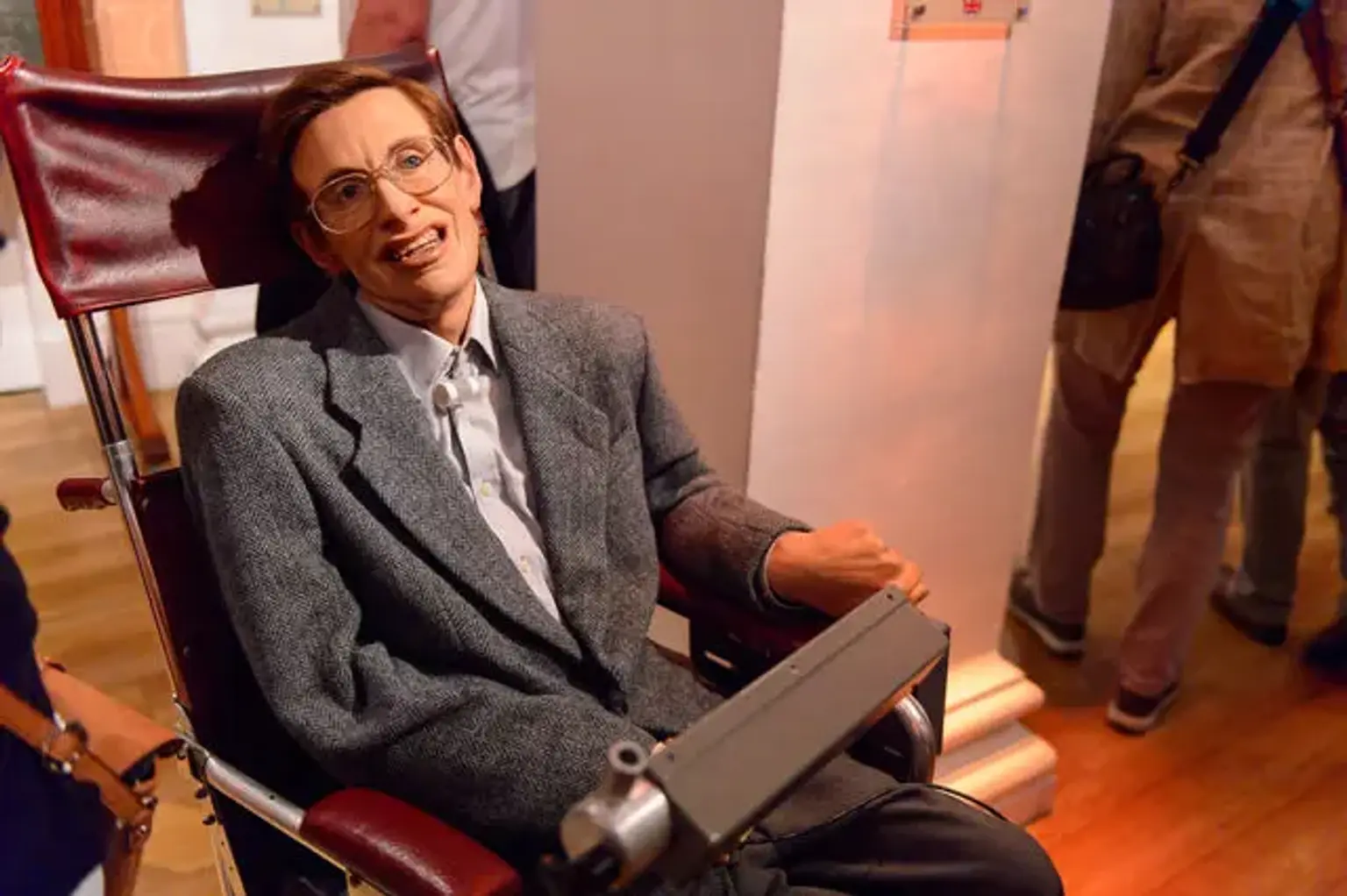Amyotrophic lateral sclerosis
Amyotrophic lateral sclerosis (ALS) was first described as a pure motor neuron disease by Jean Martin Charcot in 1869, but it is today defined as a multisystem neurodegenerative disease with clinical, genetic, and neuropathological variation.
Amyotrophic lateral sclerosis (ALS) is a neurodegenerative condition that predominantly affects the motor system, but extra-motor symptoms are becoming more common. The increasing weakening and wasting of muscles is caused by the loss of upper and lower motor neurons in the motor cortex, brain stem nuclei, and the anterior horn of the spinal cord.
ALS frequently has a localized onset but thereafter spreads to numerous body parts, with loss of respiratory muscles function generally limiting survival to 2–5 years following disease onset. The family history of 10% of ALS patients indicates an autosomal dominant inheritance pattern. The remaining 90% have not afflicted family members and are classified as having sporadic ALS.
The causes of ALS appear to be diverse and are not fully understood. More than 20 genes have been linked to ALS. A genetic mutation is the most prevalent genetic cause, accounting for 30%–50% of familial ALS and 7% of sporadic ALS.
